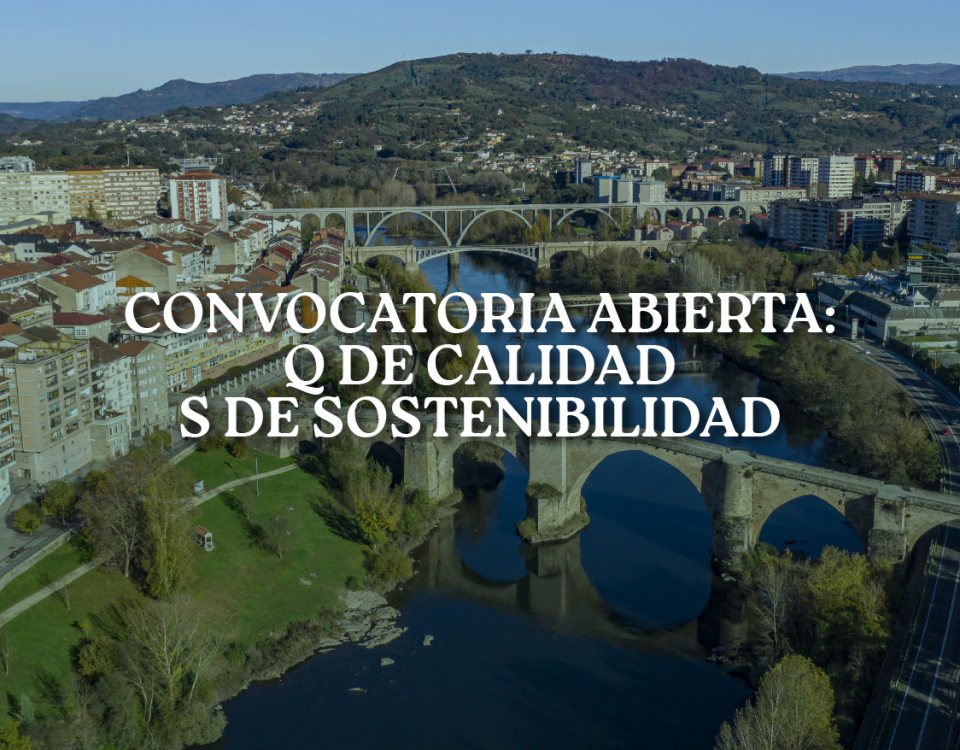- El mejor turismo de galicia
destacados
- Granted on a competitive basis, the item is endowed with €210,000, of which €160,000 correspond to private entities.
- The call is open until July 8 at 11:59 p.m.
The Xunta de Galicia calls for subsidies to tourist establishments and services of public and/or private management, in the processes of certification, monitoring and renewal of the corresponding UNE standards, with the objective of obtaining and/or maintaining the Q mark of Tourism Quality and/or the S mark for Tourism Sustainability of the Institute for Spanish Tourism Quality and Sustainability (ICTES).
These subsidies are intended to contribute to the improvement of tourism quality through processes of first certification, monitoring and/or renewal of the ICTES Tourism Quality Q mark, corresponding to the year 2024. The costs derived from the certification, monitoring and or renewal processes of the ICTES Tourism Sustainability S mark for the year 2024 for those people or entities that have the Q Tourism Quality certification.
The aid line, which will be granted on a competitive basis, can now be requested until 11:59 p.m. on July 8. Both city councils and their instrumental entities that manage local public services (Category 1) and private natural or legal persons owning tourist establishments or services (Category 2) will be eligible for this subsidy.
The costs of external audit of certification, monitoring and/or renewal of the system (excluding implementation expenses) corresponding to the year 2024 are considered eligible expenses; the costs derived from the rights to use the Q brand and/or the S brand in 2024; and the costs of external audit of certification, monitoring and/or renewal of the system, as well as the fees for the rights to use the ICTE Tourism Sustainability S mark for the year 2024 for those people or entities that have previously and/or at least at the same time with the Q certification for Tourist Quality.
The subsidy has a total credit of €210,000, of which €160,000 is allocated to private entities. You can access the call through the official electronic headquarters of the Xunta de Galicia, procedure code TU970A. For more information you can contact us at fomento.turismo@xunta.gal or by calling 981 54 63 67 or 981 54 63 60.
Cluster advisory service
Within the framework of the collaboration agreements with the Xunta de Galicia-Galicia Tourism Agency, and with the aim of simplifying the process for interested entities, the Cluster made available to tourism organizations a free consulting service for obtaining and /or maintenance of both badges. If you are interested in the process of obtaining the badges, you can receive more information by consulting with the technical secretariat of the Tourism Cluster through email: secretariatecnica@clusterturismogalicia.com or by phone 881 24 74 36.




